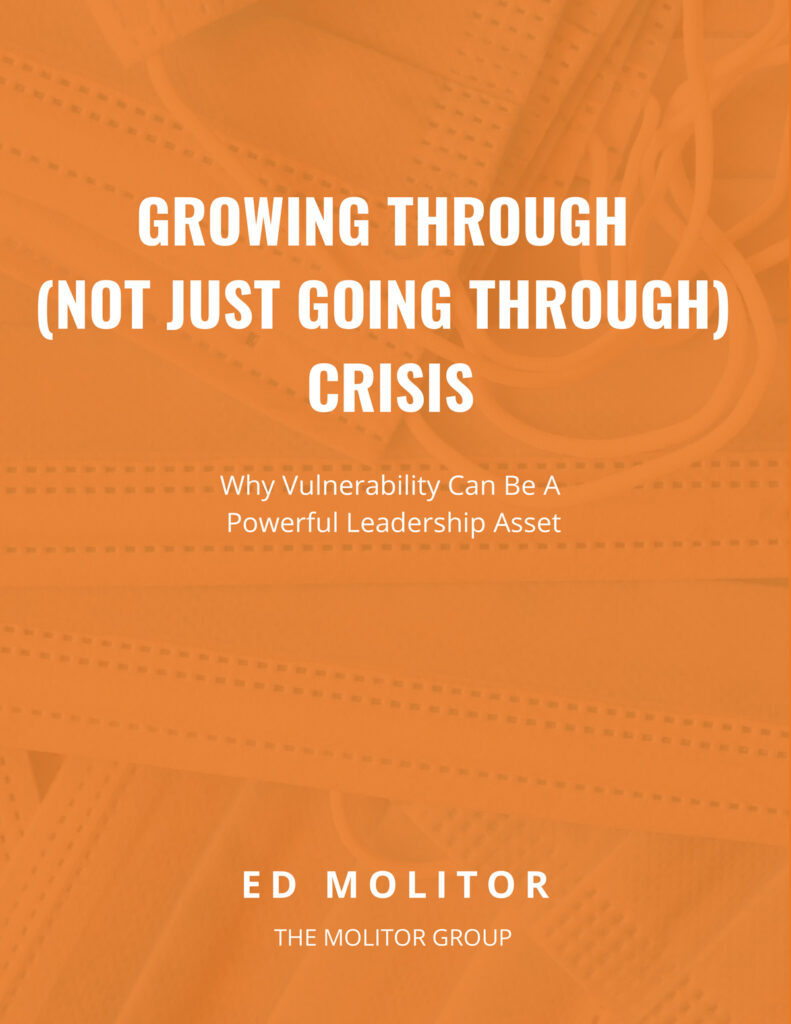My kids and I have a song that we sing often which I am sure you are familiar with… “Don’t Worry, Be Happy.”
That was my man, Bobby McFerrin, who released that tune in September of my freshman year in college.
Maddie loves the beginning and picks up after I sing (I know, bad visual) “Here’s a little song that I wrote, you might want to say it note for note…”
In reality, worry is not always bad when done right.
Bobby was right in the sense that when we get stuck on the constant barrage of uncontrollable issues the result is wasted time and an elevated level of stress which seems to put us in a downward spiral. This will leave us beaten down, emotionally wounded, and could eventually lead to exhaustion.
Again, I am digging into the facts and research of our friend Ocean Palmer, aka Ted Simendinger.
Worry can inspire us to take action, attack new challenges, and to take our game to the next level. When we utilize a filtration process to police our thoughts, that allows us to focus on the concerns that truly deserve and need our time and emotional energy.
The best part about this is… it is a learned behavior and you are never too old or too young to work on this part of your game and improve.
I challenge you to take some time for yourself and to write down every single worry that you have right now. This is part of being disciplined in building out a filtering process which will help us to decide what worries we need to pay attention to.
Maybe this will help.
Identify any worries you have in each of these six categories: Individual, Familial, Social, Environmental, Work/Career, and Money.
Now, the next step in this exercise is to trim the fat and figure out what deserves our time and energy.
How?
Label each worry using these three types:
· Things we can control – the only thing in life we can control are our thoughts, feelings, and behaviors, For something to be in our control we have to be able to remedy it by our behavior.
· Things we can influence (but not control) – this occurs when there is a portion of the worry we can control but the resolution is beyond our ability to solve. These are labeled uncontrollable because the stresses cannot be fixed directly by our actions.
· Things we can’t influence or control – When we worry about things outside of our control we dwell on them to the worst possible extreme. We trade logic and confidence for uncertainty and panic. This makes absolutely no sense, especially since the worst-case scenario hardly ever comes to fruition.
So, now that you have labeled each of your worries cross off the ones that you can do nothing about. Literally, get rid of them.
Don’t put them off to the side or in the back of your mind. Get completely rid of them and clear space for your disciplined thoughts wrapped around things that we can do something about.
The only worries you keep are the ones that fall into the first category, “Things we can control.”
Remember, people who are strong and centered have a strong command of their worries. They only think about what they can remedy which allows them to operate from a position of confidence.
With discipline, you can own the worries which you control and block out the rest. With command of your worries, you will be able to get off the emotional roller coaster and consistently be the face and voice your team needs.
The Reality of the Situation
Great leaders and performers have this amazing ability to be present and completely locked into the moment. They do not have the time or energy to worry about things that are inconsequential and insignificant in pursuit of their objectives.
In other words….what is it we are working toward and where does this worry, this situation, fit into the grand scheme of things.
This is a deeper conversation for another time and I believe it ties into our conversation about worries. Why… because the better job we do at eliminating unnecessary distractions and the more dialed in we are the more energy we have to lead and make significant decisions, and to do both of those with a confidence that pours into every member of our team.

This was originally published as a weekly newsletter from Ed Molitor, with The Molitor Group. If you’d like to receive the weekly newsletter, follow this link to subscribe.



